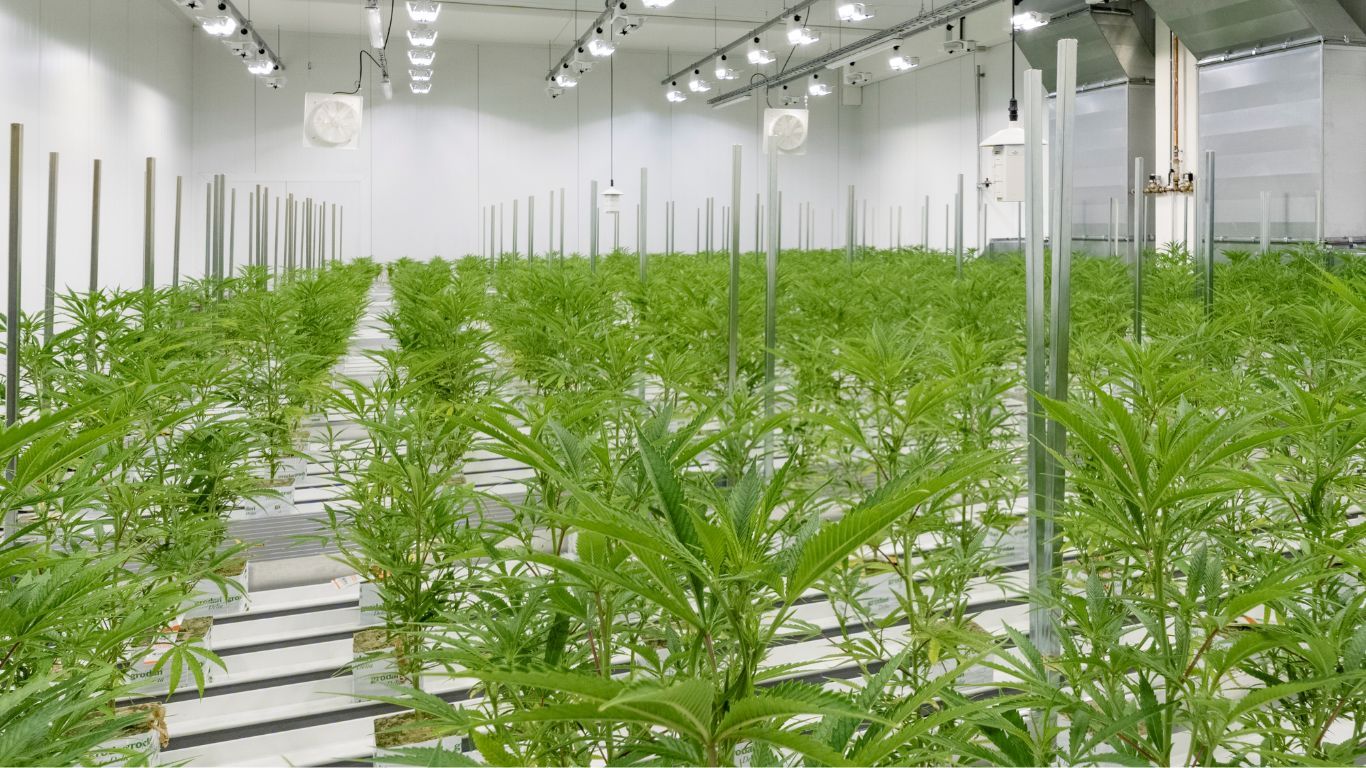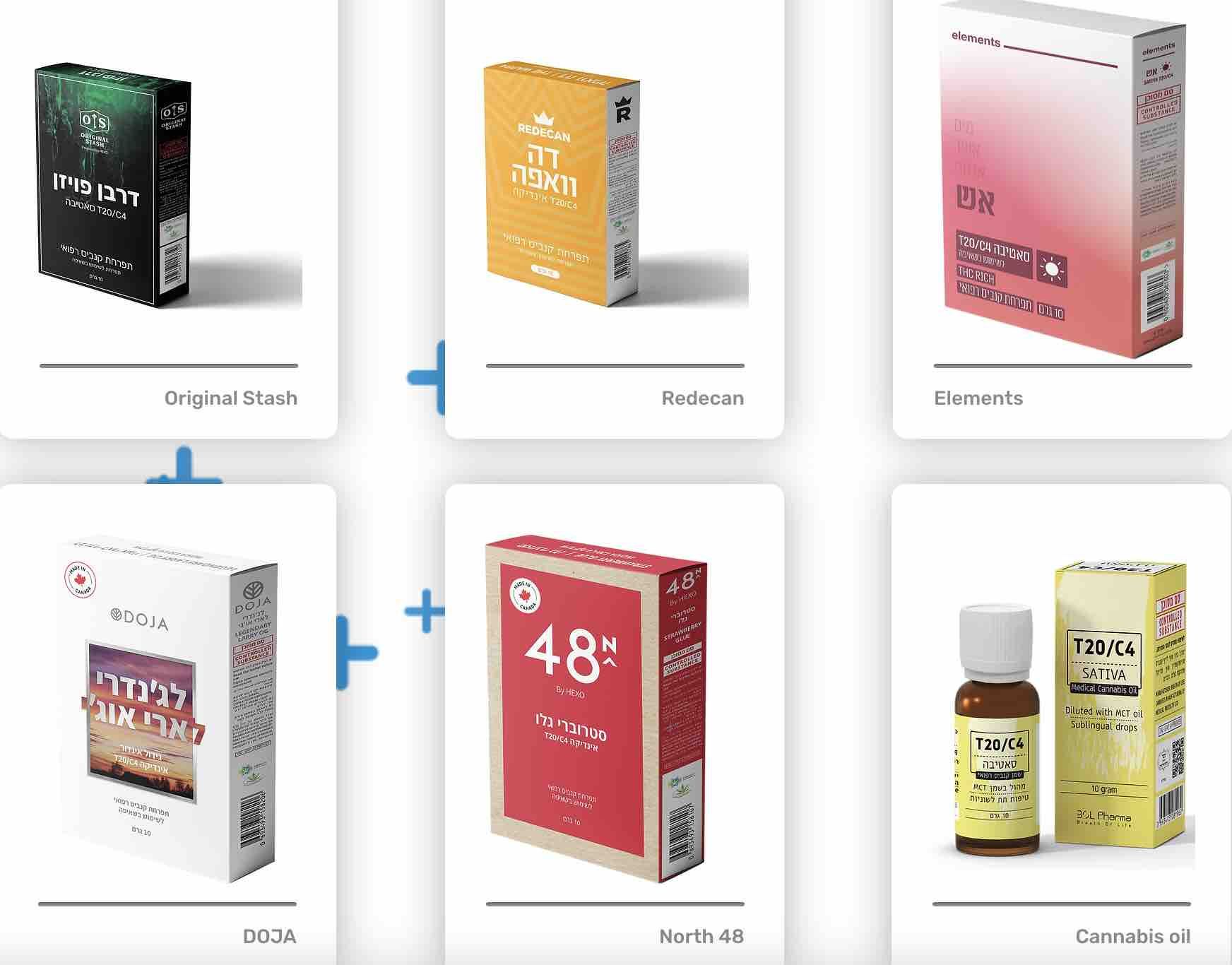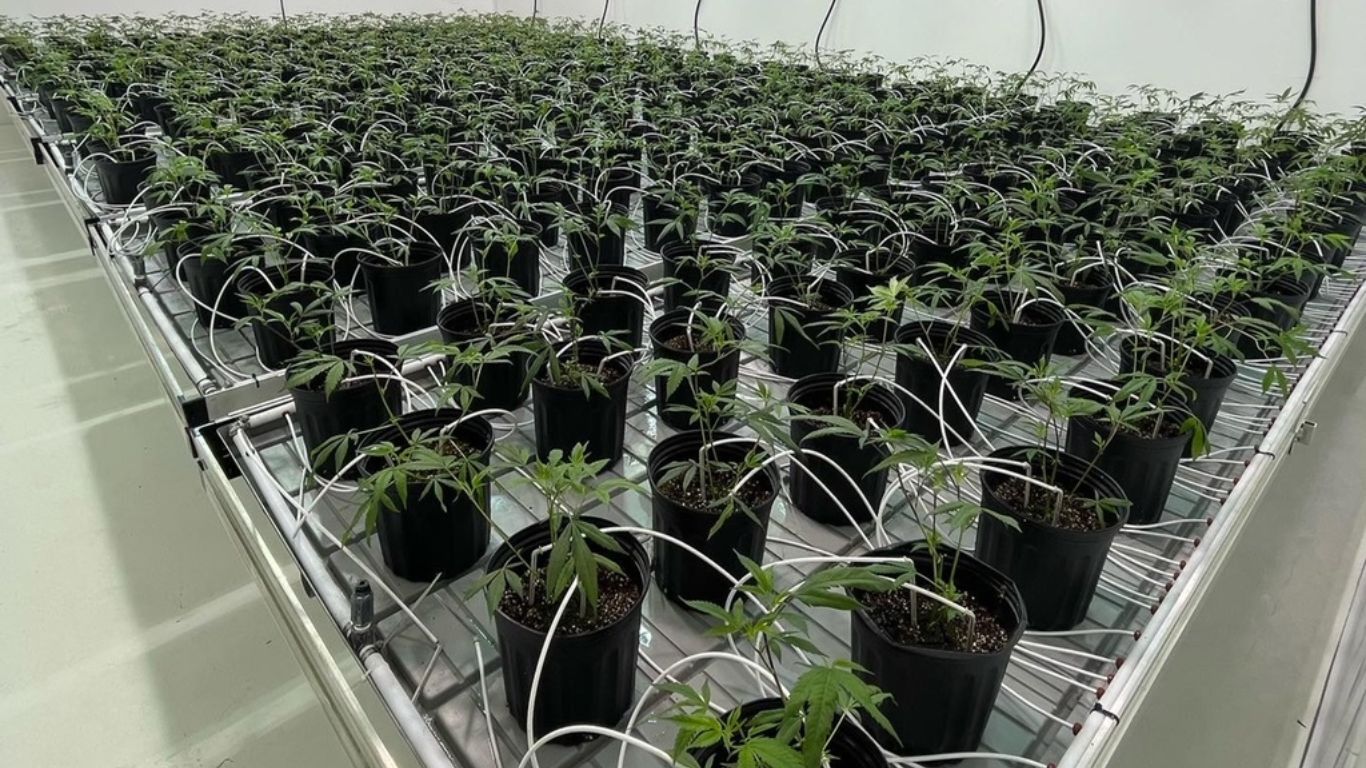
Household spending on cannabis in Canada declined in the last two years following an increase in the first three years of legalization.
The newest figures from Statistics Canada show the annual percent change in real household final consumption expenditure, with that percentage declining from a 2021 high of 0.126% to 0.056% in 2022 and 0.039% in 2023.
The decline in household spending on cannabis is largely driven by a consistent decline in spending on products from the unlicensed cannabis market. Meanwhile, spending on cannabis from the licensed sector has been increasing on an annual basis, with some quarterly fluctuations.
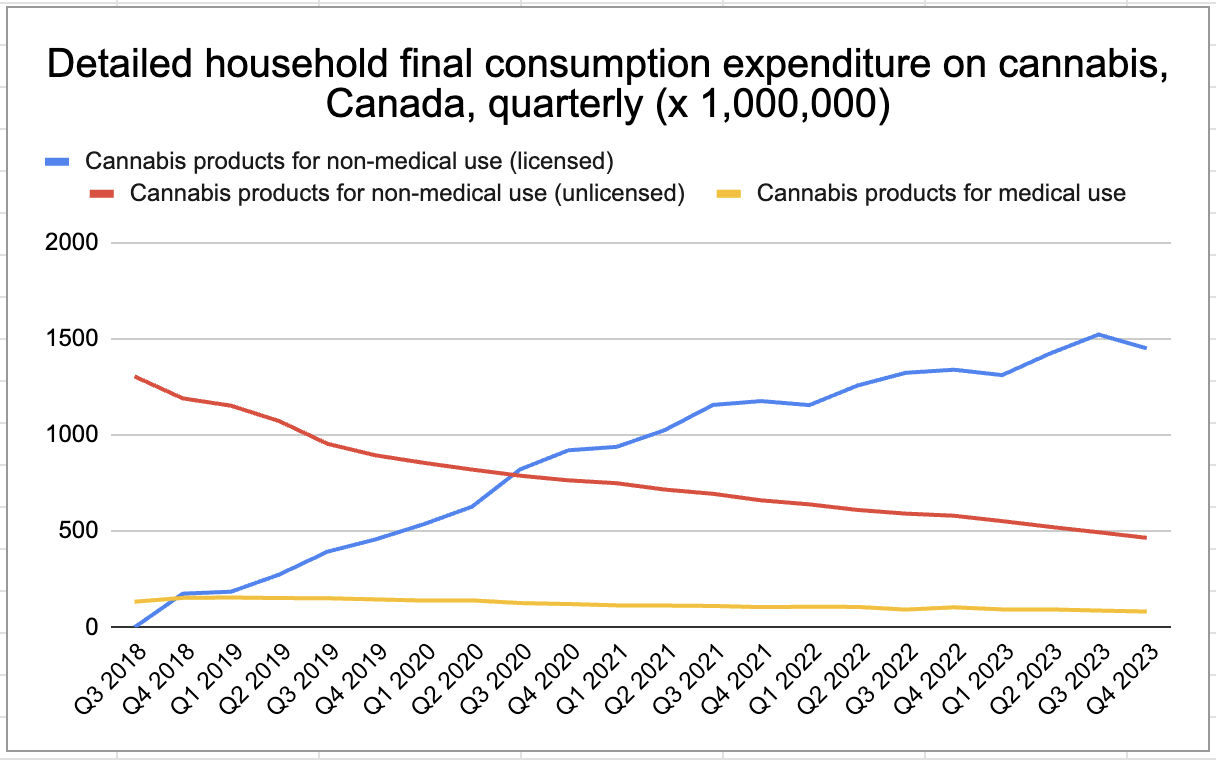
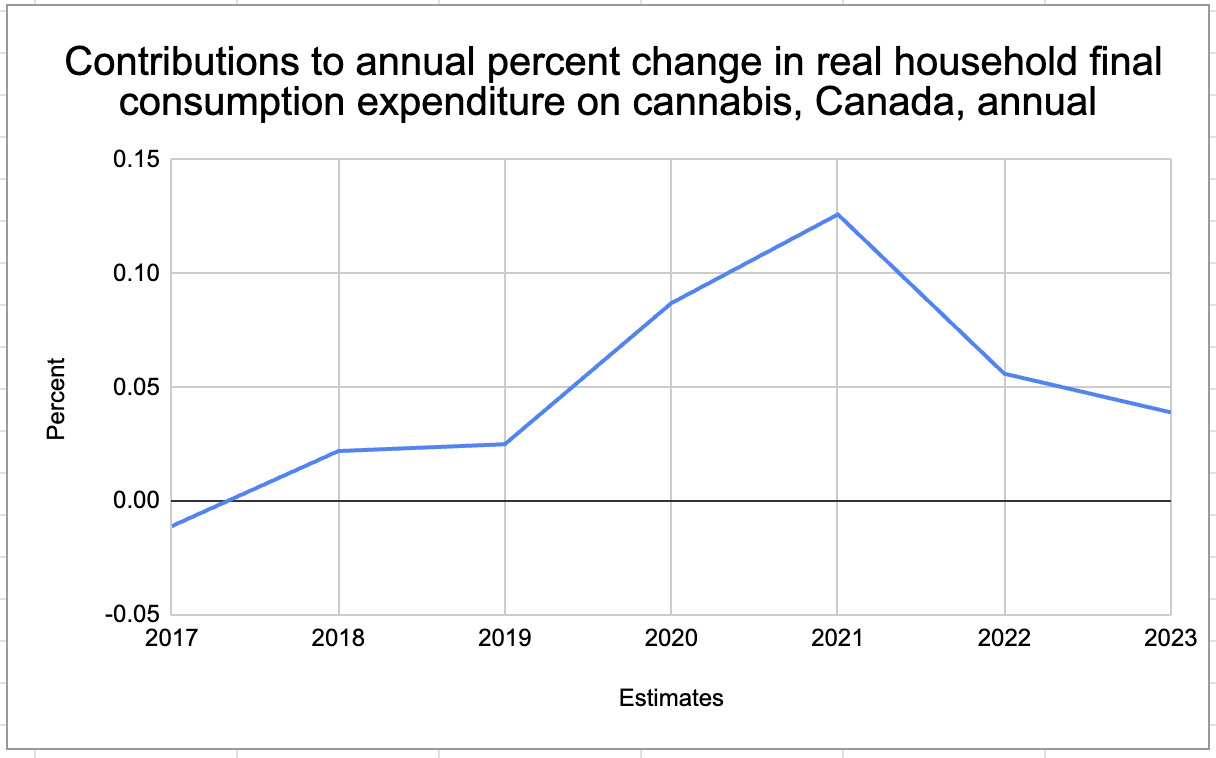
The most recent quarter reported, Q4 2023, showed a slight decline in this category from a previous high watermark of $1.5 million, but is still up year-over-year.
Household expenditures on cannabis from the unlicensed sector were at a low of $465,000 in Q4 2023, down from about $1.2 million in Q4 2018.
Expenditures of cannabis for medical purposes have also declined, from a high watermark of $155,000 in Q1 2019 to $82,000 in Q4 2023. There is no distinction between sources in this category (elicit or illicit).
“Household final consumption expenditure” refers to the total amount a household spends on goods and services purchased for final use by the household.
In 2021, the average annual spending on goods and services per household in Canada was $67,126, with a median net worth of Canadian families of $329,900 as of 2019.
Based on current prices, spending on cannabis products for non-medical use from licensed cannabis producers (legal market) fared slightly better than cannabis products for non-medical use purchased from the unlicensed market.
Stats Canada bases their data for the illicit market on information provided by Canadians about cannabis use.









